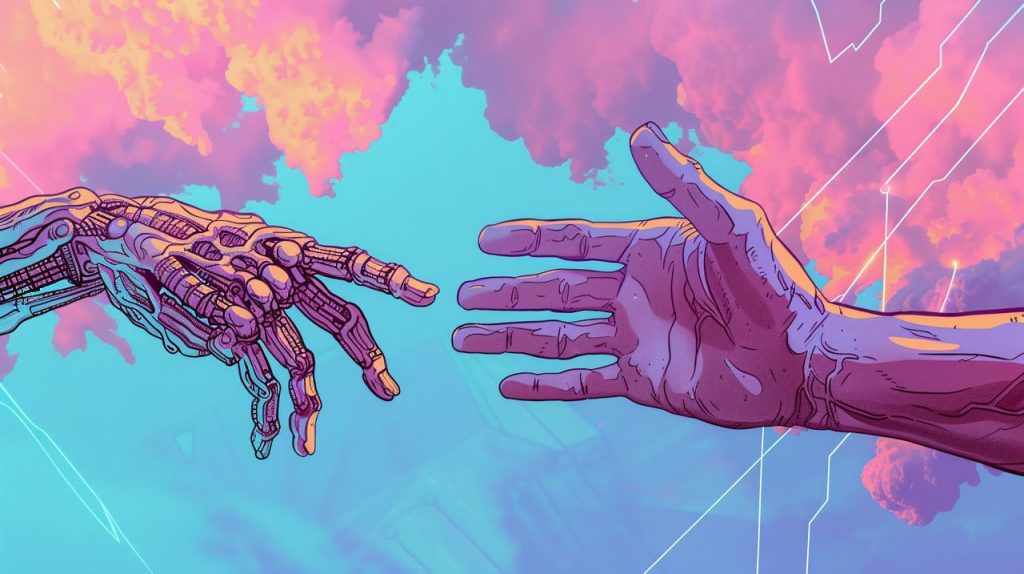How AI is Transforming the Role of Khmer Translators

The translation industry is undergoing a revolution, thanks to the rapid advancements in Artificial Intelligence (AI). For Khmer translators, this shift presents a mix of opportunities and challenges as they adapt to new tools and workflows to meet the growing demand for efficient and accurate translations.
In this blog, we’ll explore how AI impacts Khmer translation services, the evolving role of human translators, and what the future holds for this fascinating intersection of technology and linguistics.
The Rise of AI in Khmer Translation
AI-powered tools like Neural Machine Translation (NMT) have significantly boosted productivity in the translation industry. Platforms such as Google Translate and Microsoft Translator are expanding their capabilities to include the Khmer language, enabling real-time translations for businesses and individuals.
For example, a business looking to connect with Cambodian audiences can now use AI to quickly translate marketing content or website text. Similarly, tourists can easily communicate using smartphone apps that offer Khmer translation. AI reduces the time it takes to bridge language gaps, making communication more accessible than ever before.
However, the Khmer language poses unique challenges for AI. Its complex script, which lacks spaces between words, and the extensive use of ligatures often result in errors. While AI continues to improve, these challenges highlight the need for human expertise.
Why Human Khmer Translators Are Still Essential
Despite the efficiency of AI, human Khmer translators play an irreplaceable role in ensuring translation quality. AI tools are excellent for handling large volumes of text, but they often fall short when it comes to cultural nuances, idiomatic expressions, or context-heavy content.
For instance, translating Khmer proverbs or legal documents requires more than just literal word-for-word translation—it demands a deep understanding of cultural and contextual subtleties. This is where skilled Khmer translators shine, refining AI-generated translations to make them accurate and culturally appropriate.
Moreover, translators can address specific dialects and honorifics used in Khmer, areas where AI still struggles to provide precision.
Challenges for AI in Khmer Translation
AI-powered tools face significant hurdles in handling the intricacies of Khmer. Some of the key challenges include:
- Script Complexity: Khmer’s lack of word spacing and the use of ligatures complicates sentence segmentation and word recognition.
- Cultural Sensitivity: AI often misses the cultural context, leading to translations that might be technically correct but socially inappropriate.
- Bias in Training Data: Limited Khmer data in AI training models can result in inaccuracies or biases in translation quality.
These challenges underscore the need for human translators to collaborate with AI, ensuring that the final output meets professional standards.
How AI Benefits Khmer Translators
Rather than replacing human translators, AI is transforming their roles. Khmer translators can use AI tools to streamline repetitive tasks like translating bulk content or formatting text, freeing up time for more specialized work.
For businesses, this means faster turnaround times and more cost-effective solutions. At the same time, translators gain the flexibility to focus on creative or high-stakes projects, such as marketing campaigns or academic research translations.
The Future of Khmer Translators in an AI-Driven World
The future of AI in Khmer translation lies in collaboration. As AI technology improves its contextual understanding of Khmer, translators will have access to even more advanced tools to enhance their work.
However, the human touch will remain critical. From interpreting cultural nuances to ensuring emotional resonance, human Khmer translators will always be indispensable in delivering high-quality translations.
Conclusion
AI is reshaping the translation industry, and Khmer translation services are no exception. By combining the speed and efficiency of AI with the cultural expertise of human translators, businesses and individuals can achieve translations that are accurate, meaningful, and impactful.
Whether you’re a business expanding into Cambodia or an individual needing Khmer translation, partnering with skilled Khmer translators who utilize AI tools ensures the best results.
For more insights into how technology is influencing the translation industry, stay tuned to our blog!
References:
- Argo Translation Blog. (n.d.). Impact of AI on Translation. Retrieved from https://www.argotrans.com
- AI Contentfy. (n.d.). Impact of AI on Content Translation. Retrieved from https://www.aicontentfy.com
- AITHority. (2024). The Future of AI in Translation. Retrieved from https://www.aithority.com
